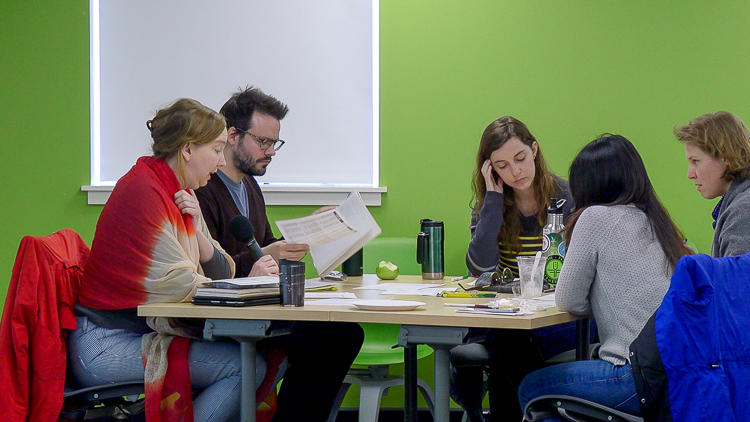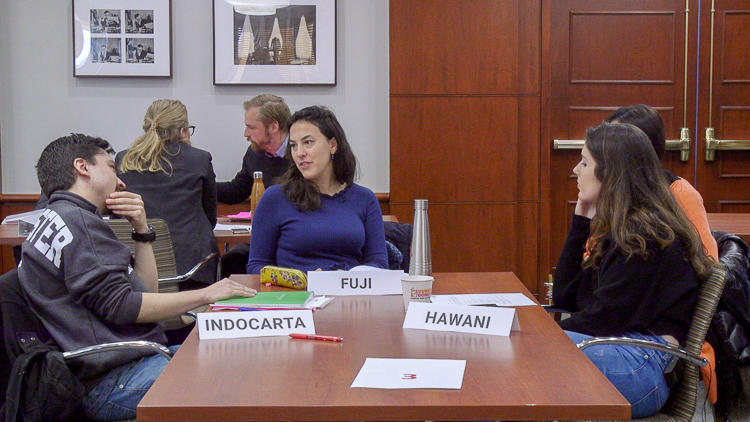Exchanges that proceed from student to student without professor serving as mediator can be extremely valuable. As students hash out points of disagreement, the class hears multiple perspectives more constructively than they would during the traditional, professor-driven lecture. In this video, Todd Rakoff pivots between two student comments to encourage students to more actively respond to each other.
Encouraging students to respond to each other
Instructor
Todd Rakoff, Byrne Professor of Administrative Law
Student Group
Graduate
School
Harvard Law School
Course
Legislation & Regulation
Course Details
80 students
Additional Details
First-year requisite
- Students experience significantly higher learning gains and better conceptual understanding when taught through a more interactive classroom format as opposed to traditional lectures (Knight & Wood, 2005)
- Even when groups of students do not initially know the correct answer, research has shown that peer discussion leads to improved conceptual understanding (Smith et al., 2009)
- Students self-report more positive attitudes towards sociology when tasked to work and learn collaboratively in undergraduate introductory sociology courses (Killian & Bastas, 2015)
- Model what it sounds like to respond to a student’s idea (e.g., “Sara brought up something I hadn’t considered”; “To add on to Paulo’s point…”)
- Encourage students to make eye contact with their classmates as they speak rather than exclusively with the professor. Quick reminders or nonverbal cues can be helpful in reminding students to direct their contributions to the class, not merely to their instructors.
- Set clear expectations for the types of comments that advance a discussion. Demonstrate appropriate times for students to ask classmates for clarification or elaboration of a particular point.
- An article from the Journal of Undergraduate Neuroscience Education offers strategies for incorporating student-centered activities within undergraduate lectures
- The Faculty Innovation Center at the University of Texas at Austin offers a range of evidence-based strategies for facilitating whole-group and small-group discussions
- In another Instructional Moves video, Tim McCarthy discusses how he models for students discussion norms to help them more authentically respond to one another




